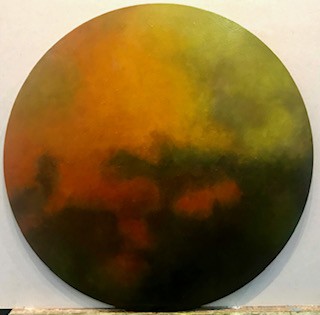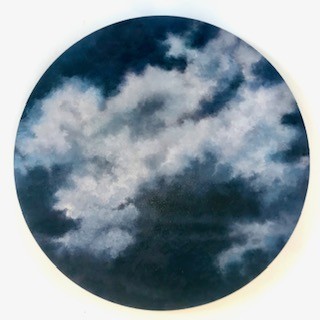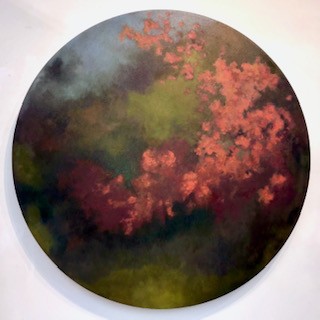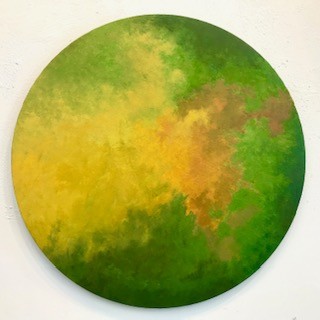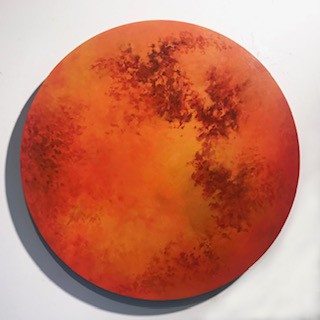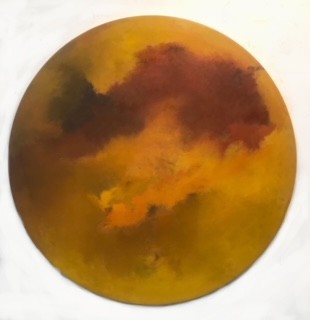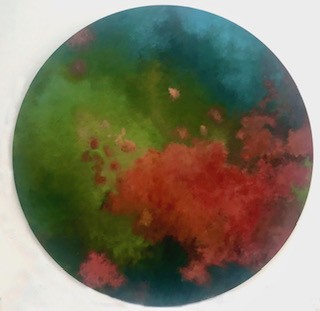Janis Goodman
JANIS GOODMAN
Janis Goodman was born in New York City. She is a Professor of Fine Arts at the Corcoran College of Art at George Washington University and has maintained a studio in Mt. Rainier, Maryland for 25 years. She was the first artist to find Artists by the Tracks along with Tom Ashcraft. Formally, the work is a conversation around gesture, color and the symbolic nature of visual language. Her large-scale paintings and drawings move between the narrative and the deconstructed, exploring issues of the changing environment, natural phenomenon and concerns facing the natural world.
Her work has been shown in New York, Los Angeles, Atlanta, Dallas, Maine and Washington, DC, Greece, Peru, Russia, Korea, Germany, Italy, England and The Netherlands. In addition to her private studio practice, she is a member of Workingman Collective, a group of artists doing site specific and community related projects. Janis has received numerous DC Commission on the Arts Grants to Individual Artists, The Bader Prize and is a recipient of a National Endowment support grant. Janis has an MFA from George Washington University with additional studies at the Corcoran, UCLA, Pratt Graphics and in Italy. She is sited in Who’s Who in American Art and other publications.
Press
The grid is the primary motif but something to change, Washington Post

